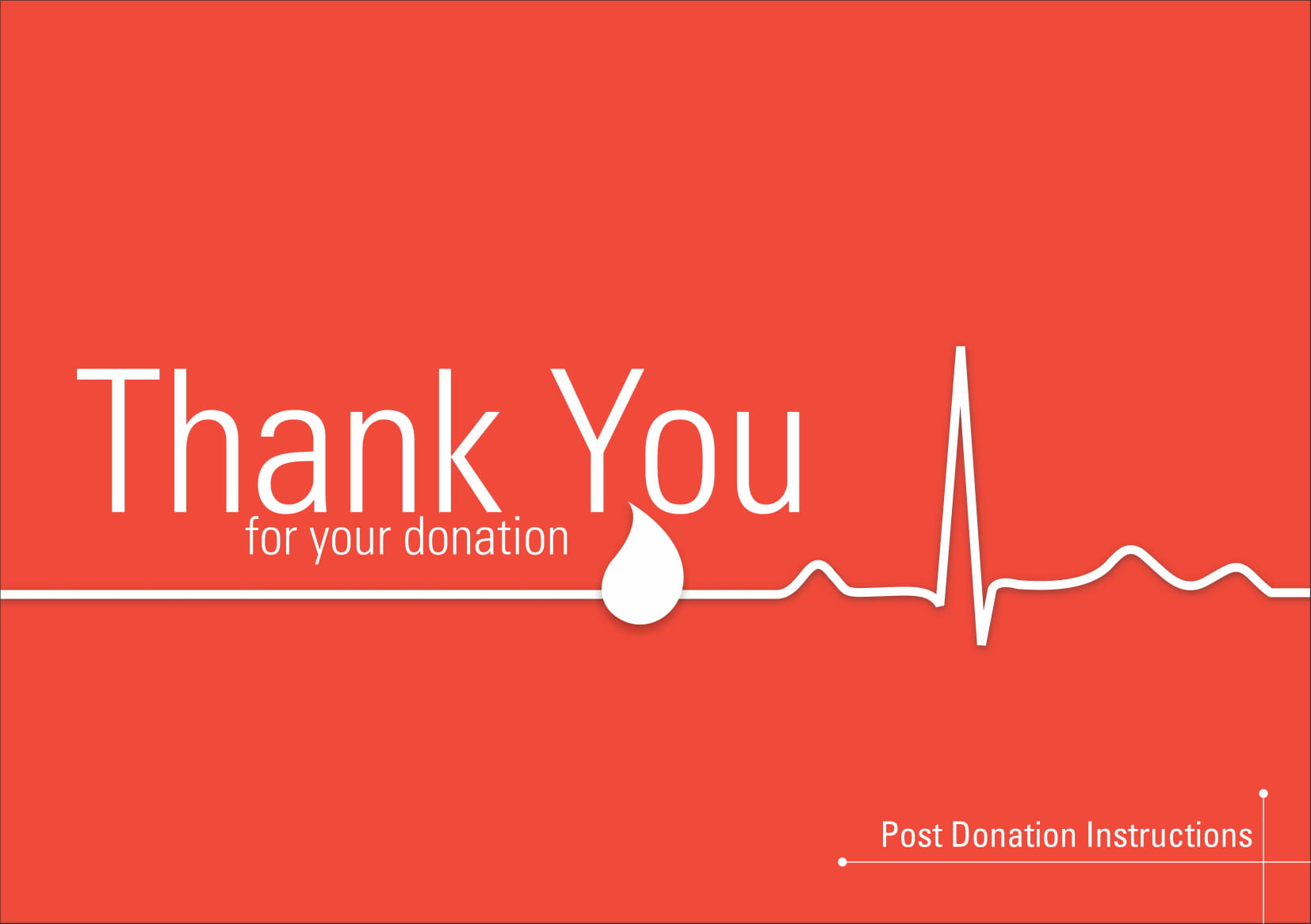Nipple Discharge Causes and Treatment
Nipple discharge is a common concern for many individuals, especially women. While it is often harmless, understanding the various causes and potential treatments is essential for maintaining good breast health. This comprehensive guide will discuss the definition and types of nipple discharge, explore common nipple discharge reasons, and provide guidance on when to consult a healthcare professional. We will also delve into diagnostic methods and treatment options to help you make informed decisions about your health.
What is Nipple Discharge?
Nipple discharge refers to any fluid that comes from the nipple, whether spontaneous or expressed. Discharge may vary in colour, consistency, and odour. Some common colours include clear, milky, yellow, green, or even bloody. The consistency can range from thin and watery to thick and sticky. In most cases, nipple discharge is normal and harmless, but it is essential to be aware of potential issues that may require medical attention.
Common Nipple Discharge Causes
Physiological Nipple Discharge Reasons
- Pregnancy: During pregnancy, hormonal changes can lead to nipple discharge as the body prepares for breastfeeding. This is usually a yellowish, thick fluid called colostrum.
- Breastfeeding: Lactating mothers may experience nipple discharge as milk production and let-down occur. This is entirely normal and expected.
- Hormonal fluctuations: Hormonal imbalances, such as those caused by certain medications, contraceptives, or thyroid disorders, can result in nipple discharge.
Infections and Inflammation
- Mastitis: This breast infection, commonly seen in breastfeeding mothers, can cause nipple discharge, usually accompanied by pain, redness, and fever.
- Breast abscess: An abscess is a collection of pus resulting from a bacterial infection. It can cause nipple discharge, along with pain, swelling, and warmth.
- Intraductal papilloma: A benign tumour in the milk duct can lead to discharge, which is often bloody or watery.
Non-Cancerous Nipple Discharge Reasons
- Fibrocystic breast changes: This condition causes breast tissue to become lumpy and sometimes painful. It can result in nipple discharge, typically green or brown.
- Duct ectasia: This condition involves the widening and thickening of the milk ducts, which can cause nipple discharge, often thick and green or black.
- Papilloma: Papilloma refers to a type of benign tumor that commonly affects the skin or mucous membranes of humans and animals. It is caused by the human papillomavirus (HPV), a group of viruses known for their ability to infect epithelial cells, which line the surfaces of organs, including the skin and mucous membranes.
Cancerous Conditions
- Breast cancer: Some types of breast cancer can cause nipple discharge, usually bloody or clear. However, nipple discharge is rarely the first symptom of breast cancer.
- Paget's disease of the breast: This breast cancer affects the nipple and surrounding skin, leading to nipple discharge, itching, and burning.
When to See a Doctor for Nipple Discharge?
If you see any of the following symptoms, it is crucial to consult a doctor for further evaluation:
- Unilateral discharge: Discharge from only one breast could indicate a problem.
- Persistent discharge: Discharge that does not resolve over time may need further investigation.
- Blood-tinged discharge: Bloody discharge is a concerning symptom and should be evaluated by a doctor.
Remember that early evaluation can significantly impact treatment outcomes and improve the chances of recovery.
Diagnostic Methods
- Clinical breast exam: A healthcare professional will examine the breasts for lumps, skin changes, or other abnormalities.
- Mammogram: An X-ray of the breast tissue can detect abnormalities, including cancerous growths.
- Ultrasound: This test creates detailed images of the breast, which can help identify the cause of nipple discharge.
- Ductography: Also known as galactography, this diagnostic procedure involves putting a contrast dye into the affected milk duct and taking X-ray images to visualise any blockages or abnormalities.
- Biopsy: If a suspicious lump or growth is detected, a small sample of tissue may be removed and examined under a microscope to determine if it is benign or cancerous.
- Nipple discharge cytology: Nipple discharge cytology is a diagnostic procedure used to examine the cells present in nipple discharge. It is typically performed when a person experiences abnormal nipple discharge, such as spontaneous or persistent discharge, bloody discharge, or discharge associated with other symptoms.
Nipple Discharge Treatment Options
Nipple discharge treatment depends on the underlying cause. Some common nipple discharge treatment approaches include:
- Antibiotics: If an infection is the cause of nipple discharge, antibiotics will be prescribed to treat the infection and alleviate symptoms.
- Hormone therapy: For hormonal imbalances, hormone therapy may be recommended to regulate hormone levels and resolve nipple discharge.
- Surgery: In cases of benign or cancerous growths, surgery could be necessary to remove the affected tissue and restore breast health.
In addition to medical treatments, there are several home remedies and self-care measures that can help manage nipple discharge:
- Warm compresses: Applying a warm compress to the affected breast can help reduce pain and inflammation.
- Over-the-counter pain relievers: Non-prescription pain medications, such as ibuprofen or acetaminophen, can help alleviate discomfort.
- Supportive bras: Wearing a comfortable, supportive bra can help minimise discomfort and provide support to the breasts.
Nipple Discharge Prevention Tips
While it may not be possible to prevent all cases of nipple discharge, there are several steps you can take to promote breast health:
- Regular breast self-exams: Familiarise yourself with the normal look and feel of your breasts and report any changes to a healthcare professional.
- Annual clinical breast exams: Visit your healthcare provider for routine breast exams to ensure early detection of any abnormalities.
- Mammogram screening guidelines: Follow your healthcare provider's recommendations for mammogram screenings based on your age and risk factors.
- Maintaining a healthy lifestyle: Eating a balanced diet, exercising regularly, and managing stress can help support overall breast health.
Conclusion
Being aware of the various nipple discharge causes and treatments is essential for maintaining good breast health. Don't hesitate to consult with a healthcare professional if you have any concerns or experience symptoms that may indicate a problem. Early intervention is key to ensuring the best possible outcomes and preserving your breast health.
If you’re undergoing nipple discharge, consult an expert gynaecologist immediately!





